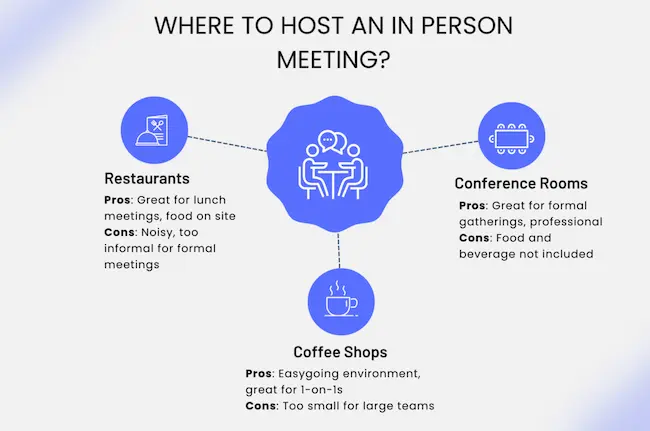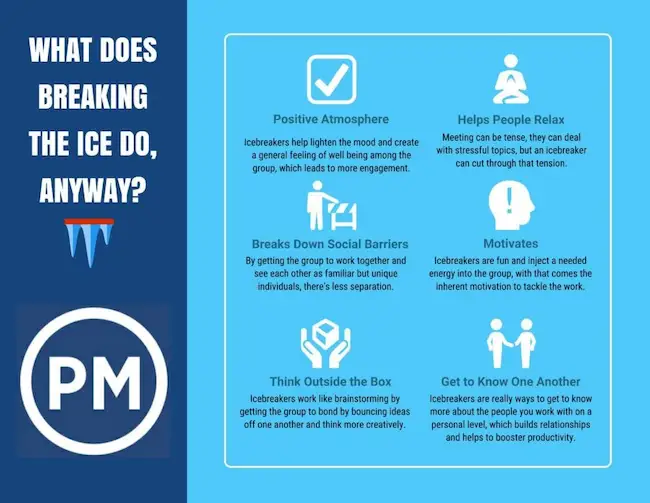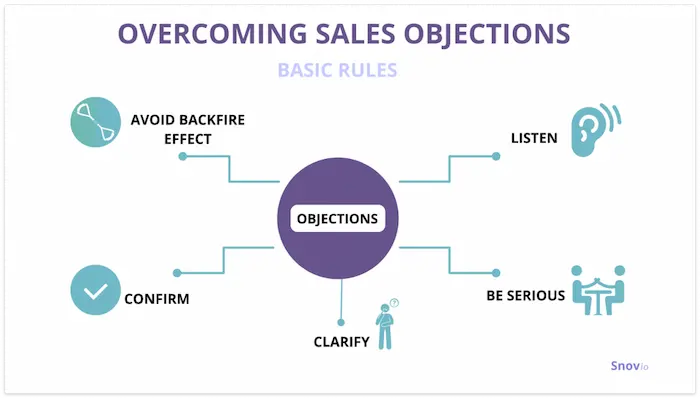Congratulations, you have just got your meeting after your cold call! But you wonder how you should go about it.
The first meeting is usually a very important one. It’s the beginning of a relationship and you want to get it right.
Business owners, like yourself, often worry about scaring away potential clients by being too aggressive. That is why it is important to create a warm and welcoming environment where you can discuss your services or products with clients.
In this blog post, we outline a few strategies that you can adopt to come out of that meeting room (or a Zoom call) with an earned client.
Be On Time
If you are a small fish meeting a bigger client, be on time for the meeting. And be prepared to wait since they may not always be on time. If they are taking longer than they said they would ask if there is any problem with their schedule and if you can come back later in the day or at another time.

If the client has a lot of information to share and needs some time to think about it before answering questions, it’s okay for you to suggest that they take their time and get back to you when they have done the required.
It’s important not to make it seem like you’re rushing them or trying to desperately get them off their busy schedule just so you could close a contract with them. Talking slowly and clearly so that there’s plenty of time for questions is fine; rushing through everything can make it seem like you’re not interested in what they have to say.
Break The Ice With Intelligent Preparation
The first meeting with a new client is always a little bit awkward. You want to make an impression, but you don’t want to seem like an overbearing salesperson.

To do so, take a look around the office if it’s permissible; try their product(s); if it’s an online meeting, take a look at the website. All this gives you some talking points to intelligently break the ice in the initial conversation, take charge of the meeting, help the client trust you with the process, etc.
Make sure you are well-prepared with all the information that you need to give to your client. This includes any research that you have done on their company and their competitors as well as what they want from you.
If they ask you questions about how long this project will take, address those issues head-on rather than letting them lead to other areas of discussion.
You should also understand what your objectives are for the meeting and how much time will be needed for each part of it. Don’t just tell them what ‘they want’; show them by outlining what needs doing, why they need it done now, how long it will take to get done, and how much money it will cost.
Show, Don’t Tell
The first meeting with the client is not about selling, but setting up a future meeting. It is about establishing a relationship with them and getting them to talk about what they want to achieve by using your product/service.
It’s not about getting their approval or commitment. It’s not even about sharing your ideas and getting their feedback.
Instead, in your first meeting with a client, you want to demonstrate that you are capable of delivering what they’re looking for.
The most important thing to remember is that the objective of this meeting is not for them to reach out to their checkbook. Instead, it is to give them talking points that they can discuss in their next internal meeting before they get back to you. This is unless you are talking to the owner himself who may write a cheque right away.
While you may have an idea about what questions they may ask, it is always better to carry samples or demos in your first meeting with the client. This way, they can see how it works, help them, and help you answer any doubts that may arise during the meeting.
You don’t want your client to sit through a presentation; rather, make it visual so that they can see and touch what they are going to buy from you.
So, if you are offering them a product — then show them. If is it an online tool, then spend less time on feature demos, and instead show more results (charts, graphs, etc. that show an increase in client metrics).
For example, if you are an agency they have already hired a consultant to do their branding and marketing campaign, then it’s good news because they will know what kind of results they want to achieve and how much time they need to spend on it. If not, then show them some examples of your client portfolio and what you have done for companies in a similar niche, how much time it took in total from first contact until project completion, and whether they were any additional costs incurred during implementation such as migration costs.
Handle Objections Like A Boss
The first meeting is a key opportunity for the client to get to know you and your team, and get a feel for whether you’re a good fit for each other.
For the client, this is their first chance to see if they can trust you with their business. They may also be nervous about signing a contract with a new company.
You want to make sure that the client understands the value of what you do and why they should work with you.
First meetings are also where many businesses fail, because they don’t take into account what will happen in their first meeting. They assume that their sales pitch or product demo will be enough — but this is far from the truth.
In any client meeting, especially the first one, you will be bombarded with objections. And how you handle them decides the fate of the contract.

You must understand that objections are not a means to test whether you know the right answer. Instead, this is genuine feedback about your product or offer.
It’s important that you listen carefully to what they’re saying and why they say it — then try to understand where the miscommunication is. If they want something else, find out what it is and make sure you can deliver it by the time of the delivery date.
When they present an objection — carefully listen. Is it a deficiency in your product, or in their understanding of the product? Or, is it a comparison with an alternative?
Based on that response:
- If it’s the product — then talk about the upcoming features that will fix this, and also how signing up now is better for the client.
- If it’s their understanding, help them understand where the miscommunication is. Show more demos, testimonials, etc. that can help them understand it better.
- If it is a comparison, know your strengths and weaknesses against the competition, and highlight what you get and don’t get.
- However, if you do not have an answer, it’s okay — promise to get back to this over email or in a future meeting. And Make sure you do. But please never try to bluff your way into answering a question.
Please remember that you will instantly win clients’ trust by genuinely tackling their questions to resolve their queries instead of answering ‘anything’ just to land the contract. Clients (or people in general) can see through when you’re being ingenuine with your efforts.
Offer To Do ‘Strategic’ Free Work
The first meeting with a potential client after a successful cold call is a critical time for both parties. You want to make sure you have the opportunity to establish rapport and trust, which will lead to long-term business relationships.
You could offer to do some work for them free of charge or give them something valuable in return for their business.
For example, if you offer a free report that promotes their services, it could be helpful at this point in the relationship and provide benefits down the line. You could also provide a free article on a topic that is relevant to their business, such as marketing tips or how to best use social media in their business.
You might also want to explain how your expertise will benefit them going forward. For example, if they have an upcoming event coming up and need help setting up their booth, offering some advice on how to best do so would be helpful for both parties moving forward.
Final Words
Generating interest and getting a meeting with a lead is a giant win. The biggest first client-meeting mistake that you can make is to talk about everything and anything in an attempt to impress the (potential) client.
It may seem like a good idea at first, but it’s important to take a step back from the situation and think about what’s relevant to the client, who will likely be most interested in gauging if you’re the right person to handle the project, hearing about client portfolio, past projects, examples of work that you’ve completed, and how (methodologies, tools, or tech stack) you helped clients in the past achieve their goals
The more targeted you are during this discussion, the better — and the more likely your first meeting is going to result in future (and continued) business with this company.
Hopefully, you will execute the strategies mentioned in this article to ‘easily’ land clients.
